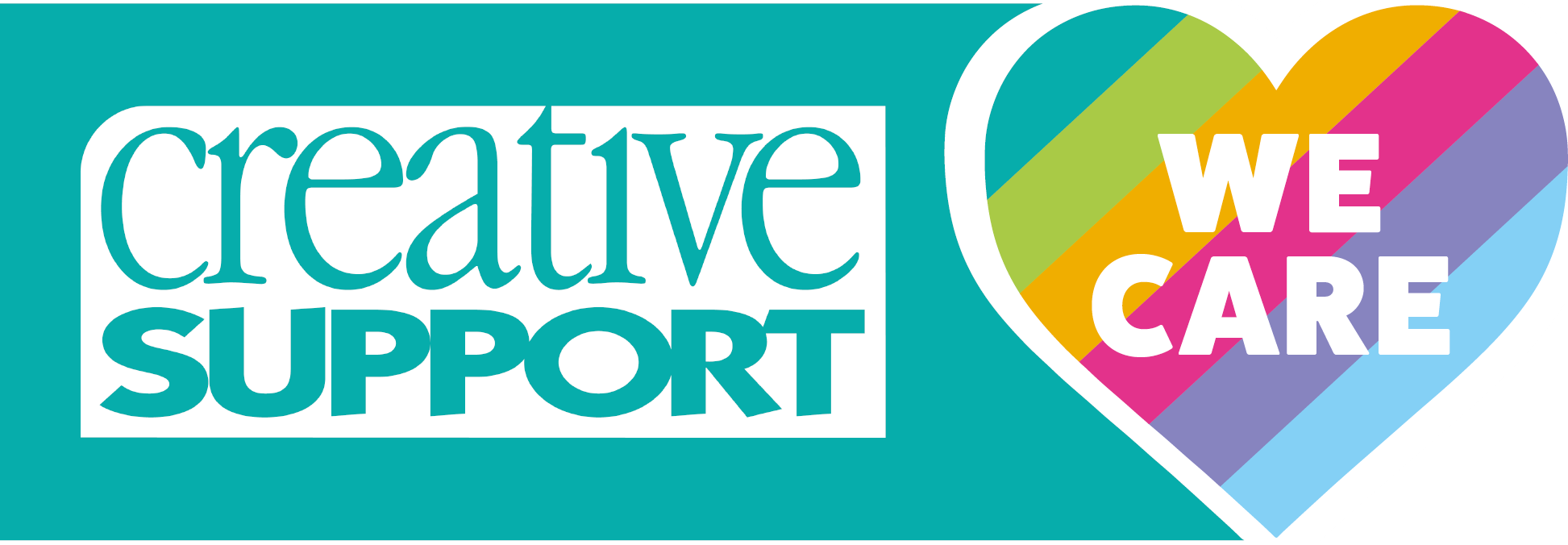Storytelling Month- Braille
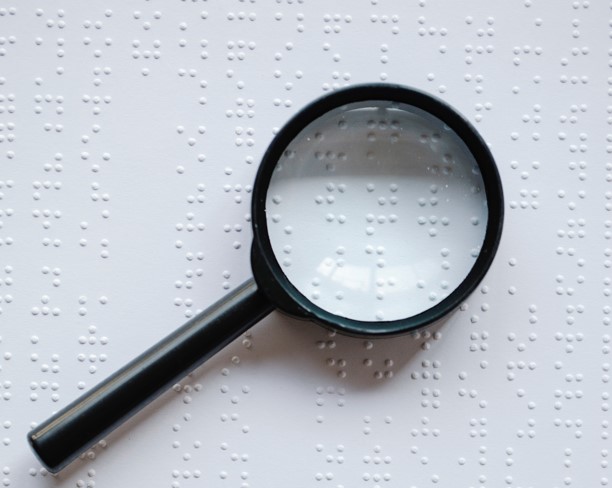
What is braille?
“Blind people must be treated as equals, and communication is the way this can be brought about” – Louis Braille
Braille is type of communication made up of raised dots which can be used by visually impaired or blind people to read and write. Contrary to what most people think, Braille is not a language but instead a tactile (touch) code or system.
Braille was invented and named after the French educator and inventor Louis Braille in around 1824. After an incident in his father’s workshop left him blind when he was three, Louis created the braille system when he was in school aged 15. Braille’s system was a development of night writing, a similar system of raised dots invented by Charles Barbier which was intended for nighttime use in war.
A year after Braille’s death in 1854, braille was formally adopted as the official communication system for the blind. In 1902, it was translated into an English system and made an official form of communication in 1918.
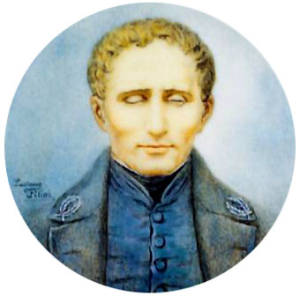
–Louis Braille
Today, there are braille systems for over 133 languages around the world, and Sightsavers estimates that the code is used by over 30,000 people in the UK! Despite recent digital innovation, Braille’s invention remains one of the most widely used forms of communication for blind or visually impaired people.
How does braille work?
There are two types, or ‘grades’, of braille, uncontracted and contracted. Uncontracted braille is a direct translation from print and includes letters, numbers and punctuation marks, while contracted braille uses common combinations of letters (like ‘sh’ and ‘ch) as well as words like ‘the’ and ‘to’. As grade 2 braille is shorter, it can be read faster and documents are about 25% smaller.
Braille is formed of six dots arranged in a 2 x 3 ‘matrix’, or braille cell. The number and arrangement of dots in a cell determine its meaning.
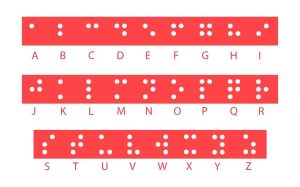
–The braille alphabet
Braille, literature and storytelling
“It’s quite exciting really. I’m trying to work out how to turn [being blind] to my advantage. I will, you know.” – Sue Townsend, author
There are some braille e-readers on the market at the moment, which look similar to a Kindle, but the screen changes the raised dots when users turn the page. There are more being developed, hopefully to create a cheaper alternative than the current ones on offer which cost a hefty £2,000.
There are lots of famous blind or visually impaired authors who have written some of the most famous works of fiction we know today. Some people used braille or other tactile forms of communication such as American author and activist Helen Keller, while some people wrote before the creation of braille and had to memorise their work so that their friends could write it down for them, like John Milton, the poet who wrote Paradise Lost. Acclaimed poet and short-story writer Jorges Luis Borges is thought of as one of the leading figures of 20th literature, whose work, despite being visually impaired, “renovated the language of fiction.”
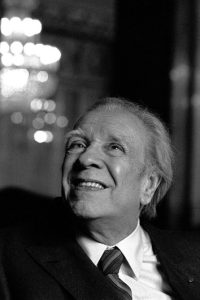
–Jorges Luis Borges
Braille is a fantastic form of communication and continues to allow the blind and visually impaired not only to communicate, but to enjoy storytelling, reading and writing—even inspiring writers to think differently about their work!
